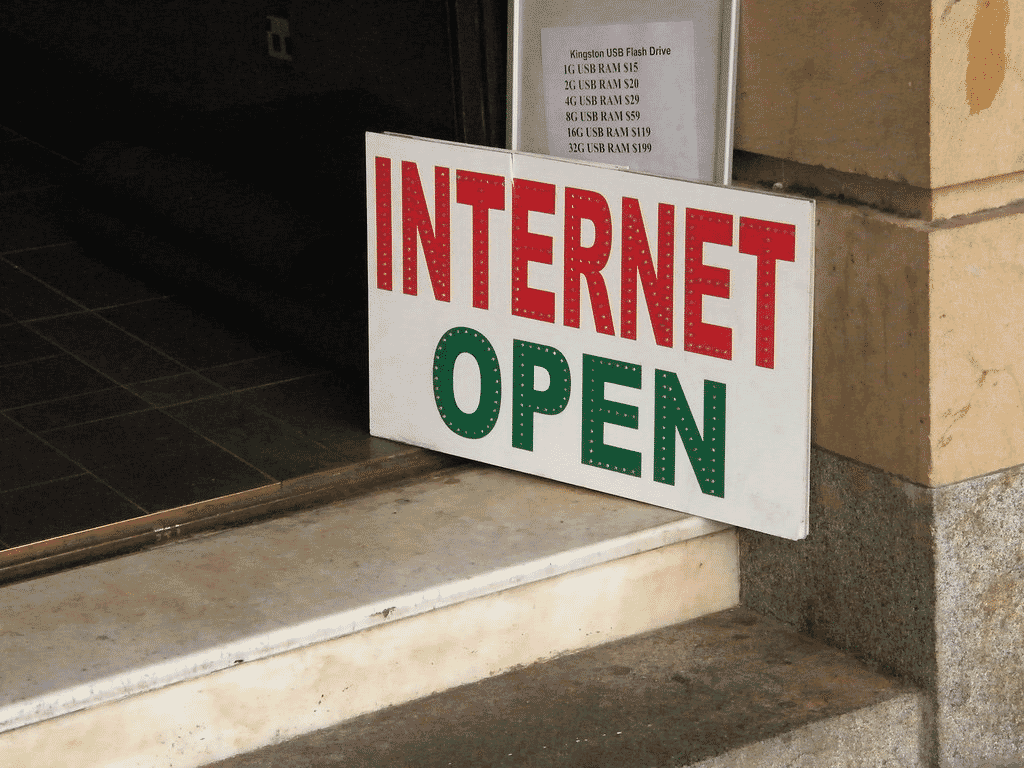
“Internet Open” by balleyne is licensed under CC BY 2.0
Introduction
Technological improvements have revolutionized contemporary social performance. Despite having benefits, technology, and the internet, ICT has created more drift in the community’s social organization by defining structural inequalities. In most parts of the world, the internet has unexpectedly become a significant challenge despite the previous assumptions that it would end disparities. It has led to a technical divide, where different communities are capacitated to access the services according to their abilities while others cannot access them. Although the transformations have led to globalization, inequalities have remained a setback by derailing social organization and performance. With reference to different aspects, this paper will reflect on the extent to which structural inequality has shaped the internet, increases inequality and analyzes nationality.

How Structural Inequalities Has Shaped Internet Development
“Nokia Lumia 635 in different colours” by n.bhupinder is licensed under CC BY 2.0
Structural inequality has shaped the development of the internet through biased gender access and demand for services. In terms of gender, it is estimated that more males have a higher probability of accessing internet and ICT services in both developed and developing nations. By analysis, men experience more than a 12% probability of installing and improving their ICT status to ensure they access internet services (Pawel, 2018). In developed countries, males access the internet 33% more than females. According to the data, the development of the internet is more contributed by males than females. In such analysis, it means that internet access and development is contributed enormously by one gender while the other gender has minor contributions to the development of the internet. In developing countries, gender inequality in accessing the internet affects coverage of services, culminating in inequality during internet performance. Gender plays a crucial role in shaping internet provision and access by different communities across the global interconnectivity platforms. Therefore, a factor like a gender inequality influences demands and shows how different genders access internet services across the globe.
Secondly, structural inequality has shaped the development of the internet by influencing access and distribution across the globe. For instance, due to class, affluent countries have more access to 3G, 4G, and 5G algorithms and internet connectivity than the less developed countries whose population can only access 2G services. In this case, class shapes the development of the internet and the quality of ICT services in a country determined by social positions that allow individuals to acquire such gadgets and utilize them (Safiya 2018). As the internet develops, it is dependent on the class and income of individuals in the community. Low-income individuals tend to save and use their finances in alternative budgets, unlike high-income individuals who have a higher probability of purchasing such gadgets. Availability of income influences internet distribution across the globe. Countries with low income often access non-intensified internet services that derail performance due to higher investments in ICT services. When a country has a lower population with high-income levels while a large population segment has low income, it affects its purchasing power to install and capitalize on internet services. In this case, the distribution of specified services is affected and hindered from creating effective socialization platforms for the countries.
Internet development has been a force that increases structural inequalities in the community. It has created gender and class inequity. Data shows that ire males have a higher probability of accessing the internet than females in developed and developing countries (van Boekel, Peek & Luijkx, 2017). This shows that access to internet services exposes more gender differences to the community. Such aspects affect socialization and create a substantial society where internet sharing is equal for both sexes. Varying factors also affect access to internet services because of differentiated internet applications by all genders within the community.
Moreover, internet development has led to more divisions due to gender discrimination in accessing the data. As more males access the internet services and more females have less access to the internet provisions, society conceives internet services to ensure that all people are socially connected. Such an aspect hinders technological demand and development in the community due to the community’s differentiated access to the services in different parts of the world. Despite the previous assumption that socialization will result in globalization and sharing corporate and social ideas, the internet has negated the expectations and created more drift between countries based on gender (van Boekel, Peek & Luijkx, 2017). Therefore, internet development has led to more social inequalities in the global communities due to differentiation in capacities to capitalize on internet access.
Also, the development of the internet has increased dissimilarities in social class. As the technological aspects continue to develop in the community, so does the class.

Open Education & the Future of Publishing Business Models https://creativecommons.org.au/blog/. Licenced by CC 4.0
As seen in the figure above, other cities are more developed due to internet connectivity. It means that developed and wealthy nations have access to specialized internet services than the LDC’s with fewer resources to capitalize on internet development. Such issues cause a global technical divide, with most developed nations accessing and making significant investments to improve technological development as social class conditions exist in the community (Flew, 2019). It results in differentiated class interventions hence drifting the gap between the haves and the have-nots. Such difference affects how development is invited into different communities. More wealthy nations tend to have more access to the internet and continued to develop as low-income countries remain behind in interconnectivity. In this case, such differences create a dissimilarity in ICT development and services offered by the internet. Information is more diffused in countries embedded with improved internet services than countries that struggle due to their low income in the global rankings. Therefore, the development of the internet has continued to cause a technical divide and differentiating incomes across the globe. Such an aspect increases the structural inequality in sharing data and the inception of developments across the world.
Nationality determines the development and access to any internet services. Since countries are ranked according to their internet capitalization, it influences pride and affiliations with the ICT development and shows less technical divide, leading to developed living standards. High-income countries are embedded with intensified internet systems that aid in most activities that sustain their performance than countries with less access to internet services (Alberto & Fred 2021). Developed nations create pride with their developments in internet services that often aid in education, economic, and socialization processes. They have improved socialization and sharing of information, unlike other places with less access to the services.
Since the technology is issued to manage specific functions in the functional society, it allows work management and increases productivity through effective machines that use internet services to generate income.

Australia- Copyright Law Reform Update- a lot to celebrate and a lot to look forward to. https://creativecommons.org.au/blog/. Licensed by CC 4.0.
For instance, as seen in the picture, the US has more developed internet connection systems than other black parts, reflecting less access to interconnectivity. The US has high-intensity technology that capacitates students to study and access materials effectively. This has led to the development in researches and literature in most universities. According to the university rankings, the US has many universities at the top because of well-established internet services that improve students’ study process. Comparing the US with other less-developed nations, most functions in the US are automated due to the internet than in the LDCs. Such functions show that the development of internet services improves socialization and development (van Boekel, Peek & Luijkx, 2017). Thus, nationality shapes internet development and determines access by the population due to differentiated ethnic group and their affiliation for development.
In summary, internet services’ development has resulted in more social inequalities that have barred its superiority in the community. Social inequalities have shaped the distribution and biased demand of internet services in progress and socialization processes. Its access to many parts of the world has continued to drift cohesion and causing more divides due to class and gender issues. Research shows that males access internet services more than females. It means that gender influences the development of the internet in the community. Also, nationality is discovered to influence its development in the community. It affects distribution and how people perceive its improvement in most countries. More established countries enjoy the benefits of the internet than less emerging nations, which still struggle with the traditional socialization processes. Nationality in the internet application determines expansions in education, medical fields and how socialization processes advance the country’s future. It has created more pride for the countries that capitalize on ICT than low-income nations that struggle to access the service.
References
Alberto, L & Fred F. (2021), ‘”It’s an Ongoing Bromance”: Counterculture and Cyberculture in Silicon Valley—An Interview with Fred Turner. Journal of Management Inquiry 30(2), pp. 235-242.
Flew, T. (2019), ‘Guarding the Gatekeepers: Trust, Truth, and Digital Platforms,’ Griffith Review 64, pp. 94-103.
Pawel, P. (2018) ‘The Tech Lobby: Tracing the Contours of New Media Elite Lobbying Power.’ Communication, Culture & Critique 11(4), pp. 566-585.
Safiya U. N. (2018) A society, searching. In Algorithms of Oppression: How search engines reinforce racism. New York: New York University. pp. 15-63.
Van Boekel, L. C., Peek, S. T., & Luijkx, K. G. (2017). Diversity in older adults’ use of the internet: identifying subgroups through latent class analysis. Journal of medical Internet research, 19(5), e180.